Southern Magnolia “DD Blanchard”
$79.50 Original price was: $79.50.$55.65Current price is: $55.65.
- Free Shipping over $25
- Fast & reliable delivery options
- Enjoy top quality items for less
- Multiple safe payment methods

Trees are always a spectacular addition to a garden, and evergreens make for a particularly good choice; they maintain an attractive appearance all year round. Their winter foliage can also be an important source of food and shelter for local wildlife. The Magnolia is a popular flowering evergreen that’s native to the southeastern United States and can also be successfully grown in many other regions. The Magnolia grandiflora cultivar D.D. Blanchard is a fairly large tree – usually at least 50 feet high when mature – that puts on a pleasing display of large creamy flowers in May and June, and enhances your garden with its glossy, dark green leaves all year round. The Blanchard Magnolia is a very versatile tree, ideal for providing shade or acting as an impressive centerpiece.
Hardiness and Climate
Before buying a Blanchard Magnolia you need to be sure it’s a suitable tree for your area. It’s a southern tree and not as hardy as some other species. It will thrive in USDA hardiness zones 7 to 9, so it’s not a good choice for New England or much of the northern Midwest. In climates like St. Louis it’s not reliably tough enough to survive the winter. If you’re towards the northern edge of its range make sure you choose a sheltered spot where it will be protected from the worst of the wind, and be aware that in hard winters it can become partly deciduous and lose a lot of leaves. It can also be sensitive to urban pollution, so this tree is a better choice for gardens in the suburbs or in rural areas where the air is cleaner.
Soil Conditions
It’s important to get the soil right when planting a Blanchard Magnolia. It prefers moist, well-drained soil that’s organically rich and slightly acidic. Neutral or slightly alkaline soils can be suitable if properly prepared and pH-altered; digging in some moss will probably be enough with neutral ground but if it’s alkaline you’re going to need some rock sulfur.
Planting Location
When adding a Blanchard Southern Magnolia Tree to your property, select the planing location carefully. This tree will be quite large when mature, so make sure it’s not going to interfere with other trees, power lines or structures. The roots can also be a hazard for basement walls or paths. Because of its size and southern origins the Blanchard Magnolia will do best in full sun. When it’s mature it won’t be in shade anyway, but this is definitely a sun-loving plant. As a young tree it can still do well in partial shade but morning sunlight is definitely something you need to aim for.
Care and Maintenance
This Magnolia needs some maintenance but it’s not overly demanding. It’s important to keep the roots moist, so in summer consider a four inch layer of organic mulch around it. Alternatively a well maintained lawn growing up to the trunk will do a very good job. Pruning is not advisable in most cases; if branches want to grow down to the ground let them do it if you can. Adding some balanced slow-release fertilizer every couple of years will do a lot to keep your Blanchard in top condition. There are no particular problems with insect pests.
History and Origins of the Southern Magnolia Blanchard
The Blanchard was first bred at Robbins Nursery in North Carolina. It’s a classic Southern Magnolia, but slightly more compact than most. When mature it’s usually around 50 feet high, but can occasionally grow higher. It’s relatively narrow, with a finely formed pyramid shape; generally it spans about 25 to 30 feet across, with larger examples reaching 50 feet. Thanks to its dense foliage it provides good shade underneath, and in a mature specimen the lower branches are high enough that you can comfortably sit under it on a hot summer day.
Blanchard’s flowers appear in May and June and they’re typical Magnolia blooms – creamy white and up to ten inches across, with nine or ten large petals. While it flowers profusely the blossoms are less dense than some other Magnolias. It’s the foliage that really makes Blanchard stand out though. Its leaves are unique; the tops are dark and glossy like most Magnolias, but the slightly hairy bottom surfaces are a rusty orange. In any sort of wind this makes the tree’s colors shimmer attractively. In late summer and early fall the fruits appear – vivid red and in clusters up to five inches long, with each individual fruit suspended on a slender stalk.
Adding D.D. Blanchard Southern Magnolias to Your Garden
Overall this Magnolia is a very good choice for most gardens. It’s more compact than some varieties but still large enough to be extremely impressive. Its flowers make a bold display in spring and the spectacular foliage ensures that there’s something to look at all year round. Some basic maintenance is required but considering what a spectacular tree you get in return it’s not much of a burden. Simply select the site carefully and keep it watered and fertilized and a D.D. Blanchard Magnolia will be an eye-catching addition to your property that will delight onlookers for many generations to come.
Be the first to review “Southern Magnolia “DD Blanchard”” Cancel reply
Related products
Crape Myrtle Trees
Dogwood Trees
Flowering Trees
Flowering Trees
Crape Myrtle Trees
Crape Myrtle Trees
Flowering Crabapple Trees
Crape Myrtle Trees


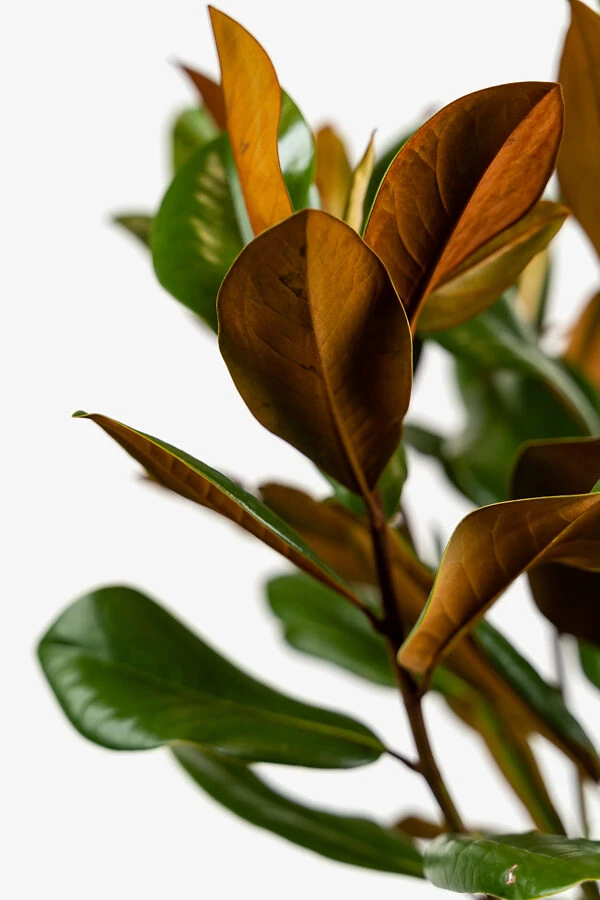
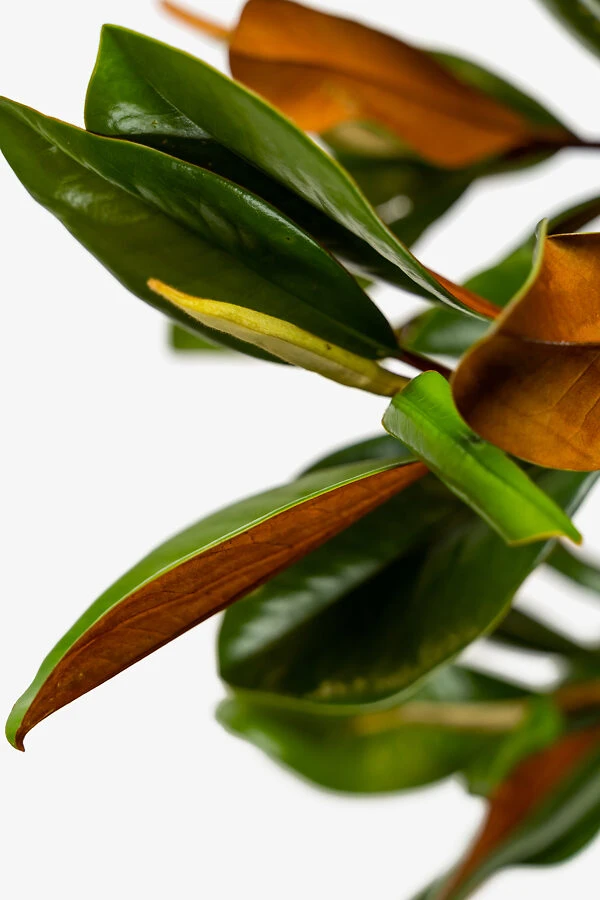
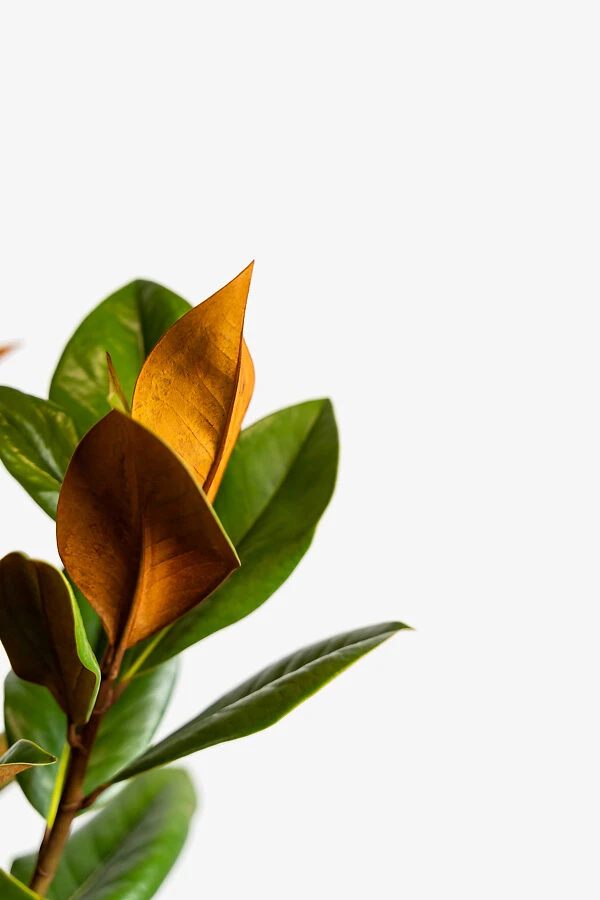

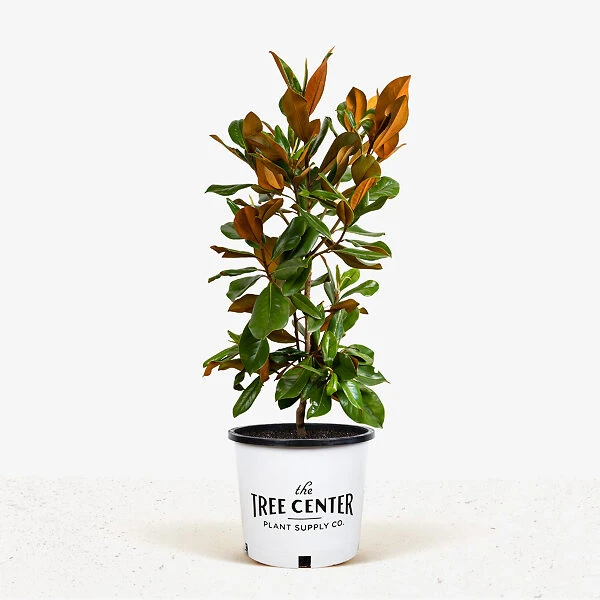
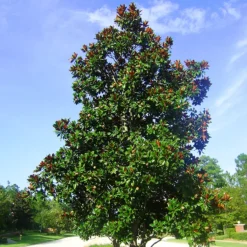
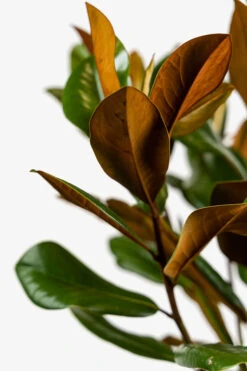




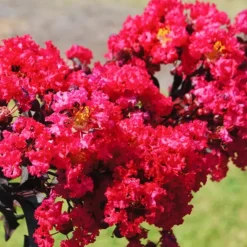

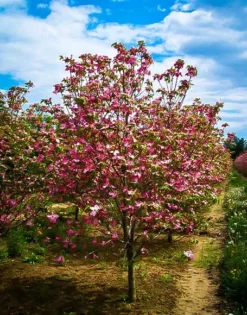

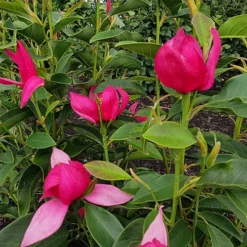

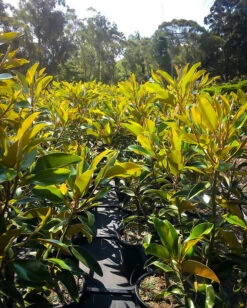

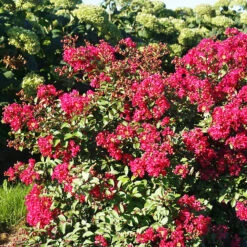

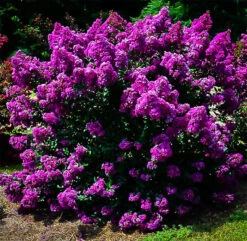

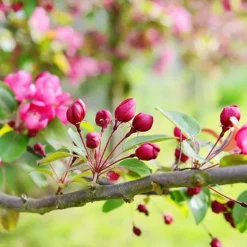
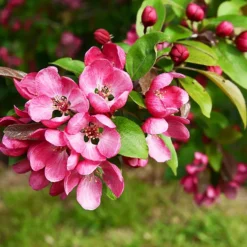
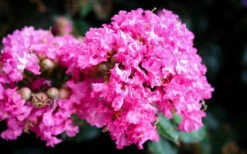
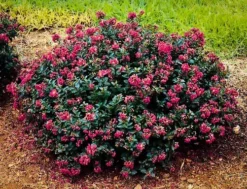
Reviews
There are no reviews yet.